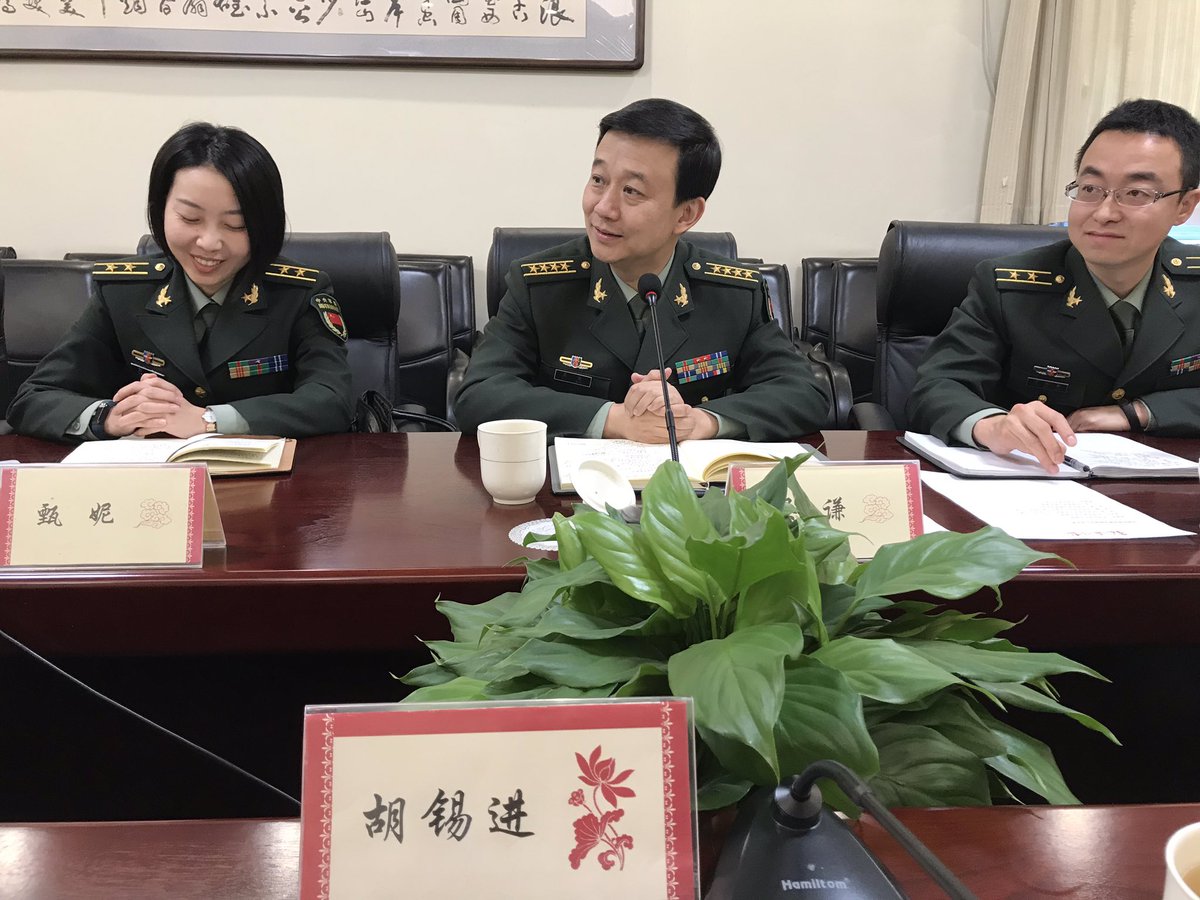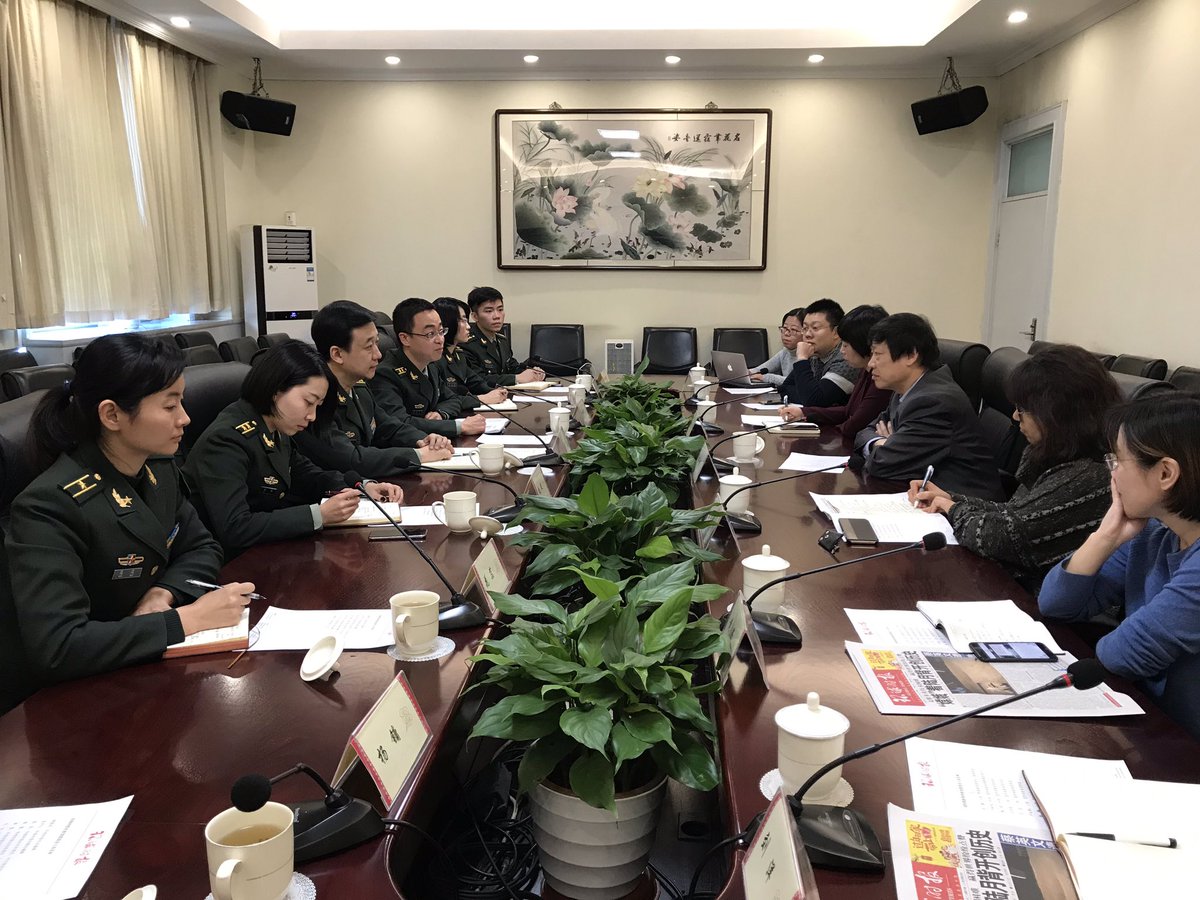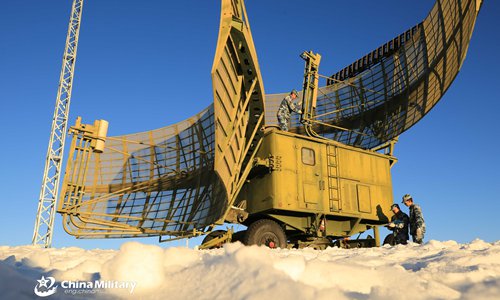Not sure if we have a PLASSF thread so posting this article here.
China’s Strategic Support Force At 3
The Strategic Support Force’s future trajectory will be a critical bellwether of the PLA’s progress toward becoming a “world-class” military.
By Elsa B. Kania
December 29, 2018
The PLA Strategic Support Force (PLASSF) has been a puzzle and apparent paradox over the first three years of its development. Established on December 31, 2015, this new force has been designed to leverage synergies and facilitate integration across Chinese capabilities for space, cyberspace, and the electromagnetic spectrum. In any future conflict scenario, the Strategic Support Force would be integral to the PLA’s plans to fight and win “informatized” warfare. The PLASSF’s Space Systems Department will enhance information support and intelligence for the PLA’s newly established theater commands, thus enabling future joint operations and power projection. At the same time, the PLASSF contributes to the PLA’s integrated approach to strategic deterrence, providing capabilities for space and information operations that can complement its existing arsenal. The Network Systems Department has consolidated cyber, electronic, and psychological warfare capabilities, which appear to be structured through bases that correspond with the five theater commands. After the past three years, such assessments about its force structure and missions can be made with greater confidence, and the PLASSF’s construction appears to be advancing considerably, though a number of uncertainties remain.
The PLASSF’s initial progress in its development can be evaluated partly through its own training activities and engagement in a number of joint training exercises. As a new force, the PLASSF has required new approaches, equipment, and even environments for training, yet has already started to contribute to the PLA’s “actual combat” training. For instance, there was PLASSF participation in the Stride series of joint training exercises between July and September 2016. The PLASSF again contributed, along with other “new-type” forces, to Stride at the Zhurihe training base in September 2017, reportedly “boosting the independent reconnaissance and multi- domain and dimension battlefield perception capabilities” for units participating, while creating an “informatized battlefield environment with satellites.” In its 2018 training, the PLASSF has concentrated upon high standards and consistency between training and actual combat missions, including in rapid response drills. In an exercise in May, one PLASSF department practiced such tasks as rapid transfer of a command post base, and forces tested their capability for communications confidentiality and assurance. Even as the Strategic Support Force becomes more active in such exercises, it may continue to confront challenges in training and the operationalization of its space and cyber capabilities in support of joint operations.
Notably, the PLASSF has also contributed to the PLA’s confrontation training, often acting as or supporting a “blue force” that simulates a potential adversary in order to enhance realism. For example, in past Stride exercises, the PLASSF has provided capabilities for electronic warfare and psychological operations. In May 2018, one PLASSF base engaged as a blue force in a training exercise with a brigade from the 83rd Group Army that involved intense electromagnetic confrontation. Similarly, in October 2018, one PLASSF base participated in confrontation training with a Central Theater Command Army brigade, which reportedly involved reconnaissance and counter-reconnaissance, deception and counter-deception, and countermeasures in a complex electromagnetic environment. Acting as a blue force, the PLASSF undertook jamming and interference against the “red force.” The PLASSF’s experience in this ‘force-on-force’ training may contribute to its own combat capabilities, while also continuing to prepare the PLA for the challenges of a future battlefield on which the spectrum will be highly contested.
Enjoying this article? Click here to subscribe for full access. Just $5 a month.
At three, the Strategic Support Force is still in an early stage of its construction, which is playing out against the backdrop of historic and often highly disruptive military reforms. Looking forward, certain unanswered questions remain regarding the future direction of its force development.
How far has the PLASSF progressed in the creation of its own doctrine and concepts of operations?
As the PLA continues the process of revising its fifth-generation of operational regulations (作战条令), the PLASSF may be developing its own campaign guidelines (战役纲要) to direct its approach to primary combat missions of space and information operations. Potentially, its role may also be delineated in new joint campaign guidelines and perhaps a number of combat regulations (战斗条令). In the process, the PLASSF will have to devise new tactics, theories, and methods of warfighting. It will also be critical for the Strategic Support Force to create and improve mechanisms for coordination and integration in support of the PLA’s services and theater commands, which also possess their own cyber and electronic countermeasures capabilities.
How successful will the PLASSF be in recruiting top talent for highly technical missions, and how rapidly will it grow in size and capability?
As a new force, the PLASSF can draw upon the existing human capital ecosystems from the elements of the former General Staff Department and General Armaments Department of which it is primarily composed, but its future growth and capabilities will depend upon its success in talent recruitment and development. So far, the PLASSF has initiated agreements for strategic cooperation with at least nine different universities and companies that will facilitate academic exchanges, training, and talent selection. At present, the PLASSF is also recruiting hundreds of civilian personnel for specialties ranging from cyber defense to “aerospace artificial intelligence.” Meanwhile, the quality of education at the PLASSF’s Information Engineering University and Aerospace Engineering University will be critical to its cultivation of personnel for command and technical career tracks.
Will the Strategic Support Force’s structure remain in its current configuration for the long term, or will it continue to evolve in the years to come?
There is a possibility the PLASSF could separate into two distinct services, a “Space Force” and “Cyber Force,” based on its primary operational components, the Space Systems Department and Network Systems Department. Perhaps an early indicator of the potential for such a split is that the Network and Space Systems Departments, which both appear to be theater command deputy-leader grade organizations, each possess their own headquarters departments, seemingly indicating the capability to function autonomously. At this point, the PLASSF’s approach to command, control, and coordination across these departments remains unclear, which raises the question of whether the current structure will facilitate new synergies and deeper integration where required or create new organizational impediments to it.
The Strategic Support Force’s future trajectory will be a critical bellwether of the PLA’s progress towards fulfilling its ambition of emerging as a “world-class” military by mid-century. In this regard, the PLASSF’s progress and continued development merit further analytical attention in the years to come.
Elsa B. Kania is an Adjunct Fellow with the Technology and National Security Program at the Center for a New American Security (CNAS). She is also a PhD student in Harvard University’s Department of Government, and her research focuses on Chinese military innovation and emerging technologies.



